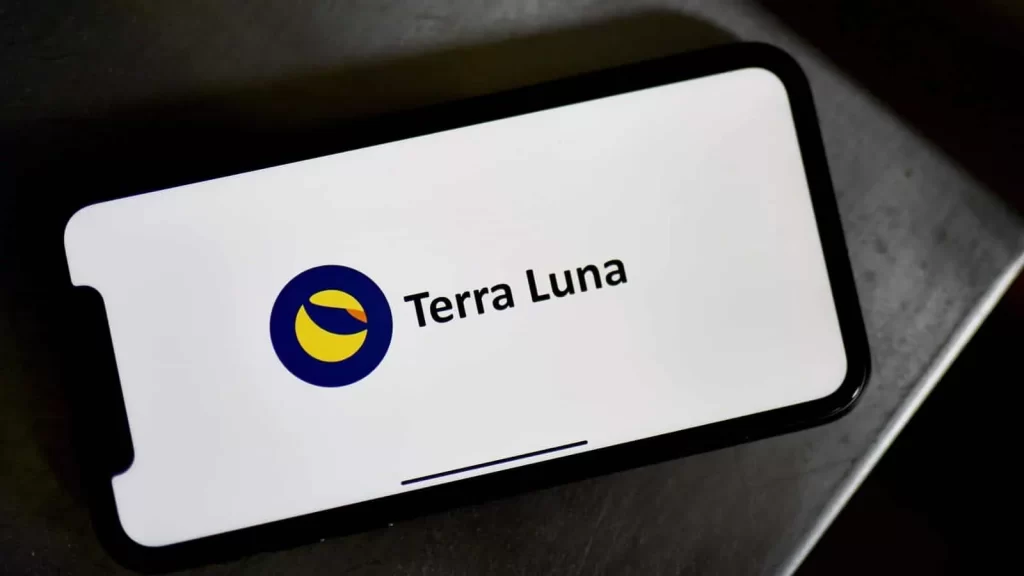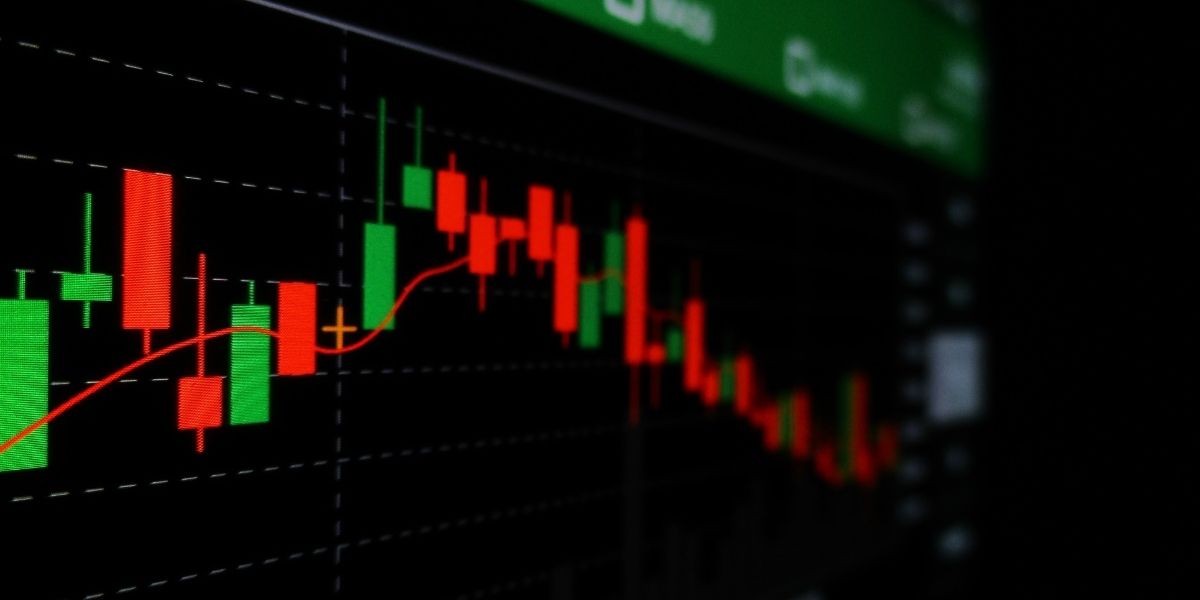
The post Terra Classic’s Revival Plan to Regain the USTC Peg appeared first on Coinpedia - Fintech & Cryptocurreny News Media| Crypto Guide
Alex Forshaw and Edward Kim, part of the Terra classic community, provide a detailed plan of the network driven by the community. It reveals a bold attempt to bring back the TerraClassicUSD (USTC)dollar peg after implementing a 1.2% tax burn on September 20th. Forshaw and Kim write that the move will stimulate community members’ demand for the coin, as well as increase network stability and liquidity.
The plan is to have the Terra classic community vote on a proposal to implement a 1.2% tax burn on September 20th. This would then stimulate demand for the coin by increasing network stability and liquidity. In order to ensure that the network is able to support this demand, Forshaw and Kim have proposed a number of changes to the network
When the US dollar lost parity with the US dollar and was renamed USDT in May, it was unable to recoup its losses and thus crashed. This resulted in the creation of luna
 luna
Technology
Followers : 0
View profile
, now known as Luna Classic.
luna
Technology
Followers : 0
View profile
, now known as Luna Classic.
TerraForm Labs shut off the transfers between LUNC and USTC to avoid additional harm. Consequently, the price of LUNC tanked and still has not recovered.
Stablecoin Role in Crypto
The authors underscored the importance of a decentralized stablecoin in crypto that is resistant to censorship and scalability. They also explained that regaining its peg will allow USTC to more effectively burn LUNC tokens through its original algorithmic controls.
If we want the dollar peg to be effective again, UST must take action to prevent another attack and have the community’s support. The stablecoin can help us avoid a repeat of this deadly scenario if such an attack were to happen again.
The team is confident that if they can get the community to vote in favor of the proposal, they will be able to bring back the TerraClassicUSD (USTC) dollar peg and increase network stability and liquidity.

 2 years ago
151
2 years ago
151


















 English (US) ·
English (US) ·